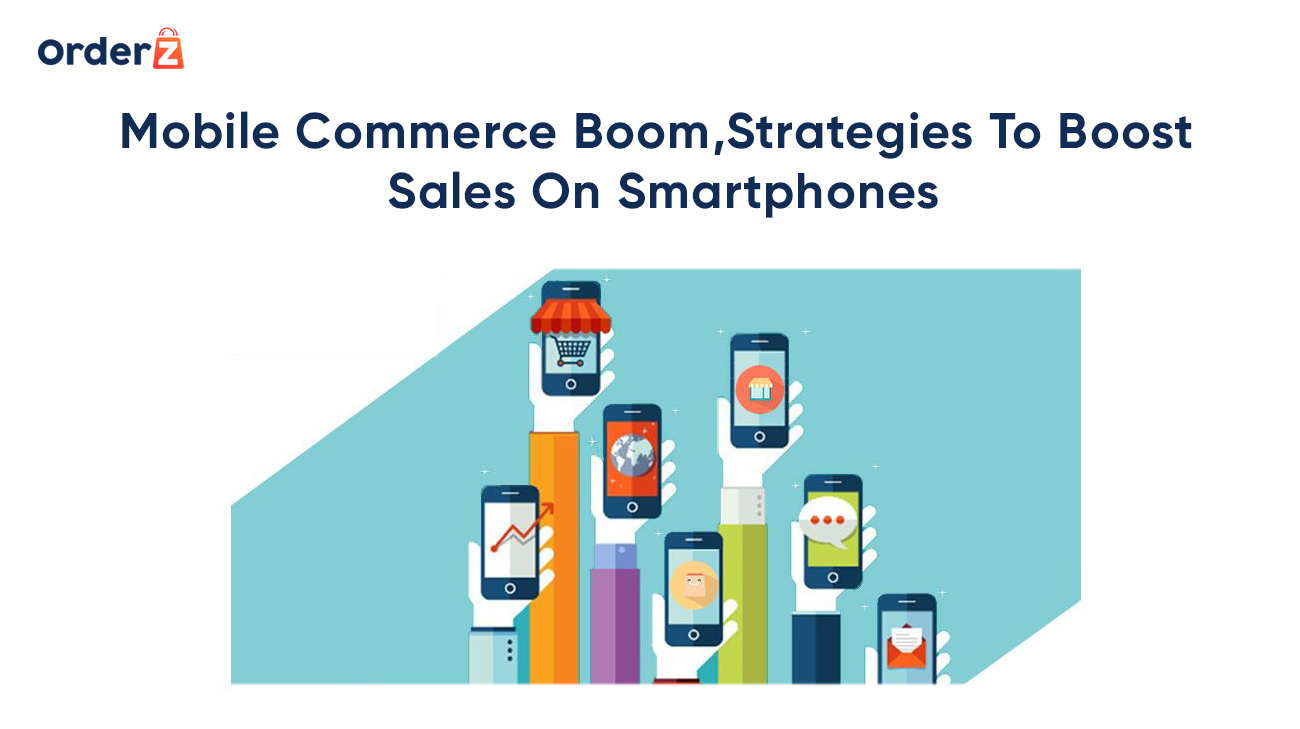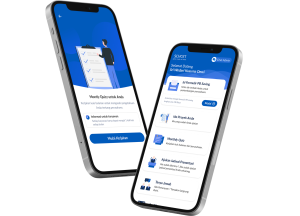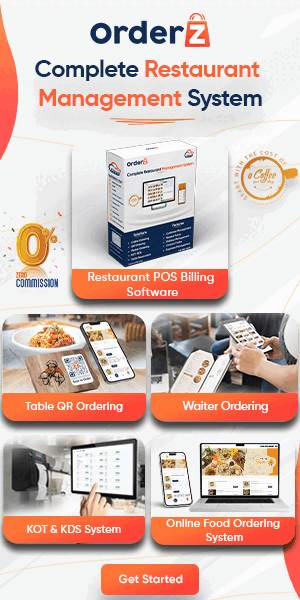Introduction:
Mobile commerce, or m-commerce, is the practice of buying and selling goods and services through mobile devices such as smartphones and tablets. According to a report by eMrketer, m-commerce sales are expected to reach $3.56 trillion in 2021, accounting for 72.9% of total e-commerce sales worldwide.
With the increasing use of smartphones and the convenience they offer, mobile commerce has experienced a significant boom in recent years. As more consumers turn to their mobile devices for online shopping, businesses must adapt their strategies to capitalize on this trend and boost sales on smartphones.
In this blog, we will explore key strategies that businesses can implement to enhance their mobile commerce efforts and drive sales through smartphones.
Key Strategies to Boost Sales on Smartphones
Mobile-Optimized Website:
One of the fundamental pillars of a successful mobile commerce strategy is a mobile-optimized website. Consumers expect a seamless and user-friendly experience when browsing on their smartphones.
A mobile-optimized website ensures that the layout, content, and functionality are tailored to fit smaller screens and touch interactions. By optimizing loading times and navigation, businesses can create a positive first impression and keep visitors engaged, ultimately leading to higher conversions.
Seamless Mobile Checkout Process:
A cumbersome and complicated checkout process can be a significant barrier to completing a purchase on a smartphone. Streamlining the mobile checkout process is crucial for reducing cart abandonment rates.
Implementing features such as guest checkout, saved payment information, and one-click purchasing can make the checkout process quicker and more user-friendly.
Additionally, ensuring robust security measures instills confidence in customers, encouraging them to make purchases without hesitation.
Personalization and User Experience:
In the mobile commerce landscape, personalization plays a vital role in creating a tailored shopping experience for individual customers. Utilizing customer data and behavior analysis, businesses can offer personalized product recommendations, relevant offers, and targeted marketing messages.
A seamless and intuitive user experience across the entire mobile shopping journey further enhances customer satisfaction and loyalty, increasing the likelihood of repeat purchases.
Mobile Payment Options:
Offering a variety of secure mobile payment options is essential for meeting the diverse preferences of customers. Digital wallets, mobile banking apps, and contactless payment methods are gaining popularity and convenience.
Integrating these payment options into the mobile commerce platform enables smoother transactions and reduces friction during the checkout process, encouraging customers to finalize their purchases.
Mobile Marketing and Promotion:
Mobile devices present unique marketing opportunities to reach customers directly. Businesses can leverage SMS marketing, push notifications, and in-app ads to deliver targeted promotions and time-sensitive offers.
Consolidate mobile marketing with location-based targeting can further boost engagement and conversions, as customers receive relevant promotions based on their geographical proximity to stores or events.
Leveraging Social Commerce:
Social media platforms are increasingly becoming a driving force in mobile commerce. Businesses can harness the power of social commerce by integrating their products within social media channels. Collaborating with influencers, hosting interactive shopping experiences, and facilitating user-generated content can create a sense of community around the brand and drive organic growth in mobile sales.
Mobile Customer Support:
Efficient and responsive customer support is crucial for mobile shoppers who may have questions or concerns during their purchasing journey.
Implementing live chat, chatbots, and AI-powered customer support solutions can offer instant assistance, resolving issues in real-time.
A seamless support experience contributes to customer satisfaction, enhancing the overall mobile commerce experience.
Mobile App Development:
Investing in a dedicated mobile app can be a game-changer for businesses aiming to drive mobile sales.
A well-designed mobile app can provide a more personalized and immersive shopping experience, including features like app-exclusive discounts, loyalty programs, and easy access to past orders.
Moreover, push notifications can be used strategically to re-engage users and remind them of abandoned carts or limited-time promotions.
Mobile-First Content Strategy:
Crafting a mobile-first content strategy is essential to capture the attention of smartphone users. Ensuring that product images, descriptions, and videos are optimized for mobile viewing will enhance the overall shopping experience.
Additionally, businesses can leverage micro-moments – brief instances when users turn to their phones to research or buy something – to deliver relevant content that meets their immediate needs and influences purchase decisions.
A/B Testing and Analytics:
Regularly conducting A/B testing on different aspects of the mobile commerce platform, such as CTAs, layout, and product placement, can help identify which variations yield the best results in terms of conversions.
Combining A/B testing with comprehensive analytics allows businesses to gain valuable insights into user behavior, identify pain points, and make data-driven decisions to continuously improve the mobile commerce experience.
Optimize for Voice Search:
The rise of voice assistants and smart speakers has impacted how customers search for products and make purchases.
Optimizing the mobile commerce platform for voice search queries can boost visibility and attract voice-driven traffic. Integrating voice commerce capabilities can further simplify the purchase process, allowing customers to make hands-free transactions via voice commands.
Gamification and Mobile Rewards:
Implementing gamification elements in the mobile commerce app or website can enhance customer engagement and encourage repeat visits.
Features like mobile-exclusive games, quizzes, and interactive challenges can entice customers to participate, earn rewards, and share their achievements on social media. Gamification fosters a sense of enjoyment and competitiveness, fostering brand loyalty and boosting sales.
Offline-to-Online (O2O) Strategies:
Incorporating offline-to-online strategies can bridge the gap between physical stores and the mobile commerce platform.
QR codes, NFC tags, or beacons placed in-store can direct customers to exclusive mobile deals, product information, and customer reviews.
Enabling in-store pickup options for online purchases encourages customers to visit physical locations, potentially leading to additional purchases.
Mobile Performance Optimization:
Mobile shoppers expect fast-loading pages and seamless performance. Optimizing the mobile commerce platform for speed and reducing loading times can significantly impact conversion rates.
Compressing images, leveraging browser caching, and adopting progressive web app (PWA) technologies are some techniques to ensure a smooth mobile experience.
Local SEO for Mobile Searches:
Local search optimization is vital for businesses with physical locations. Optimizing content and metadata for local searches can help businesses appear in relevant mobile search results when customers are looking for products or services nearby.
This localized approach can drive foot traffic to brick-and-mortar stores and enhance the mobile commerce ecosystem.
By incorporating these additional strategies into their mobile commerce efforts, businesses can maximize the potential of the mobile commerce boom and create a seamless, personalized, and convenient shopping experience for their mobile customers.
Continuously adapting to evolving customer preferences and technological advancements will position businesses at the forefront of the mobile commerce revolution and ensure long-term success in the digital marketplace.
Conclusion:
As the mobile commerce boom continues, businesses must adapt and implement effective strategies to boost sales on smartphones. A mobile-optimized website, a seamless checkout process, personalized experiences, diverse payment options, targeted mobile marketing, social commerce integration, and responsive customer support are all key components of a successful mobile commerce strategy.
By focusing on these aspects, businesses can tap into the vast potential of mobile commerce and stay ahead in the competitive digital landscape. Embracing the mobile-first approach is not only a wise business decision but also a way to cater to the evolving needs and preferences of modern consumers.


















